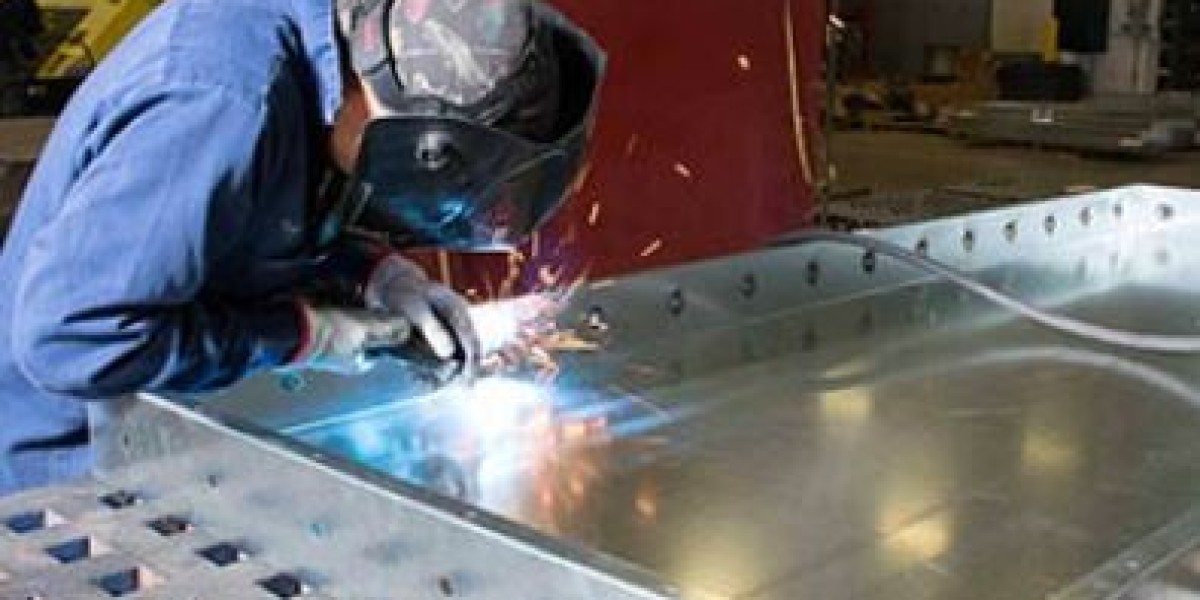Flat sheets of metal are transformed into functional components for a variety of applications through the use of a variety of processes such as cutting, forming, and assembly, as well as finishing and plating. This highly valuable manufacturing process is in high demand due to the fact that it is compatible with a wide range of materials and has the capacity to accommodate large quantities of product. You will be able to gain a better understanding of each step of the sheet metal fabrication process by using the information on this page.
If you're unfamiliar with sheet metal fabrication, you might wonder what it is and how it works.
1. Formalized sheet metal fabrication is a term that refers to a set of procedures that are used to fabricate parts, machines, and structures out of sheets of metal that are then assembled together
2. The following are some definitions for Sheet Metal Fabrication: In particular, for flat or hollow parts, it is a low-cost option that should be taken into consideration
3. Production of sheet metal components and components for industrial and consumer applications in industries such as aerospace, energy, robotics, and automobile is accomplished through sheet metal fabrication processes in fabrication shops

In the field of sheet metal fabrication, the transformation of metal is done in order to meet the specific requirements of a particular project. A few examples of common materials that you may come across include the following:
- Steel is renowned for its durability and ability to withstand extreme temperatures for extended periods of time.
- Aluminum is used in a variety of industries, including the aerospace and refrigeration industries, because of its lightweight properties and ability to be formed at low temperatures. Aluminum is used in a wide range of applications, including aerospace and refrigeration, and is lightweight and strong.
- Metals such as copper, which are popular as ornamental materials, also have properties that make them useful in the forming process. Copper is one of the metals that fall into this category. The malleability, electrical conductivity, and corrosion resistance of this material are just a few of the characteristics it possesses.
- Cutting is a subtractive process in which sections of metal are removed from a workpiece, either with or without the use of shears, depending on the application. There are a variety of techniques that can be applied, including cutting, blanking, and shearing. Shear cutting is the most cost-effective method of manufacturing parts that do not require a high level of precision, such as non-industrial products, because it is quick and easy. In the manufacturing of industrial products, non-shear cutting is the preferred method, and it achieves this result through the use of techniques such as machining and laser, waterjet, and plasma cutting.
The process of bringing something into being
- Metal forming is a technique for modifying the shape of metal without the need to cut the metal
- Metal stamping, bending, stretching, and rolling are all simple processes that can easily transform metal into something else
- Using a tool and die, stamping is the process of imprinting a shape into a metal surface with a specific design
- Drawning, curling, flagging, embossing, and hemming are just a few of the techniques that have been used in this work
- In order to shape the metal into the desired shape, it may be necessary to use one or more progressive dies in conjunction with each other
When a portion of the metal's surface is pressured, bendable metal can be formed into a variety of geometries including v-shaped, u-shaped, and channel-shaped shapes, among others. Either by hand or with the assistance of press brakes, this task can be completed successfully. While stretching thickens metal by pulling on it, rolling thins metal by pressing the entire sheet between two rollers (also known as rolling compression), and both are effective methods of metal fabrication.
Putting everything in its proper place
This procedure entails the assembly of parts with the aid of a variety of tools, including clamps, fasteners, bolts, and screws, among others. Many common assembly processes are used to join components together in order to form larger assemblies, including brazing, welding, riveting, and bonding with adhesives. Brazing is a process that joins two or more components together. It may be necessary to punch holes in a piece of material in order to accommodate fasteners such as rivets, screws, bolts, and other types of fasteners, among other things. This step in sheet metal fabrication is critical because it is where components are joined together to form a usable part or piece of machinery, and it is also where mistakes can be made when fabricating sheet metal components.
The discussion should be brought to a close.
The finish of a metal part or component refers to the processes that are carried out after the part or component has been fabricated in order to improve the function or appearance of the part or component in question. Processing steps such as sandblasting, deburring, annealing, and coating are all included in the price of the product. The techniques of metal finishing are used to polish metal to a high shine, clean up welds and rough edges, and perform a variety of other tasks. An additional protective quality, such as corrosion resistance, must be added to a product before it can be sold in order for it to be sold at all. Additionally, the product's overall appearance must be improved by applying a finishing to it.

